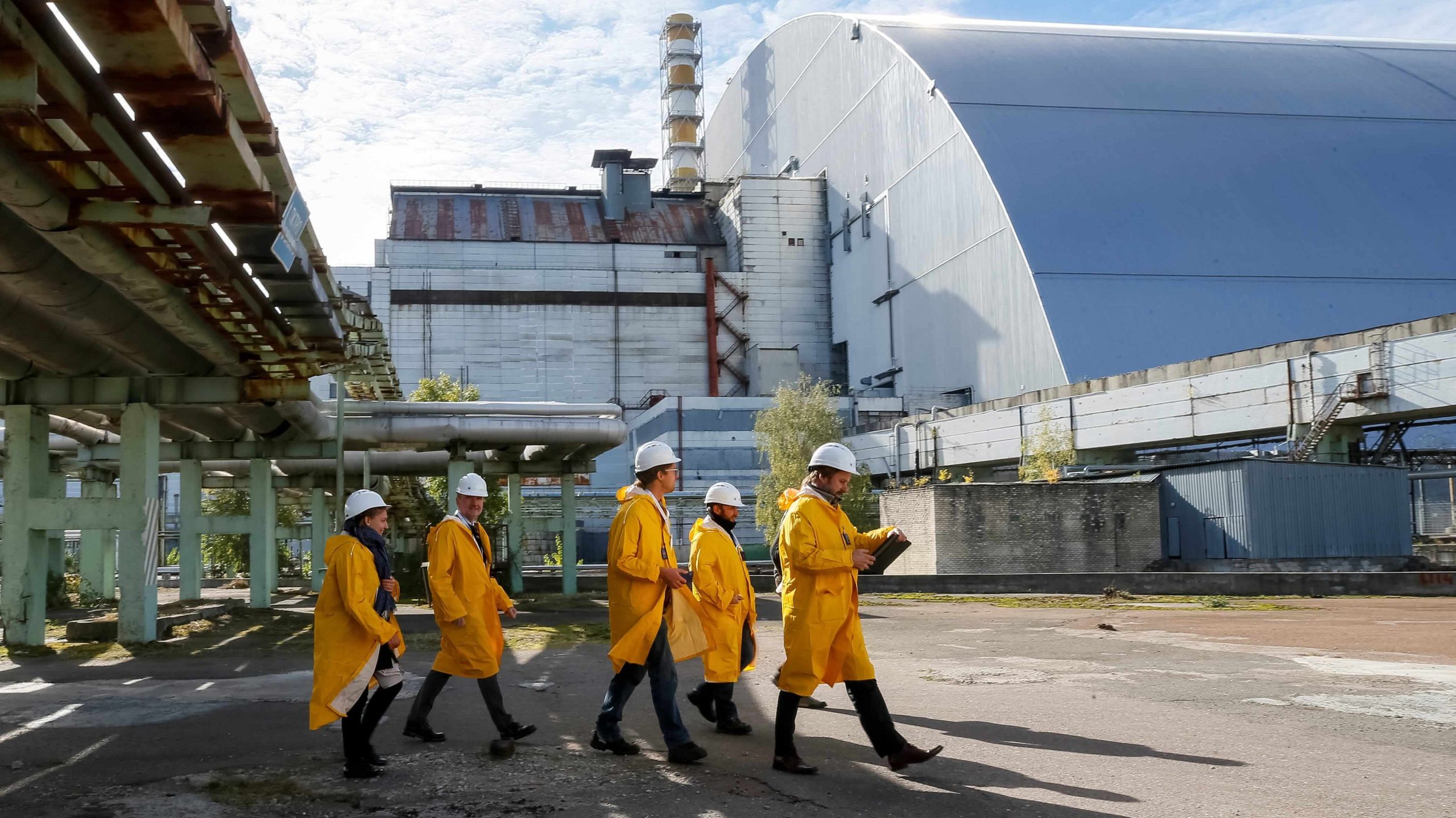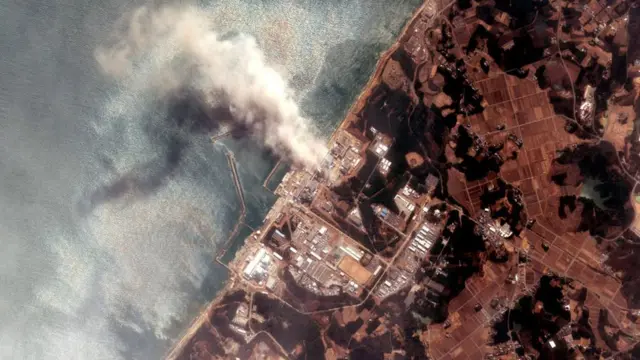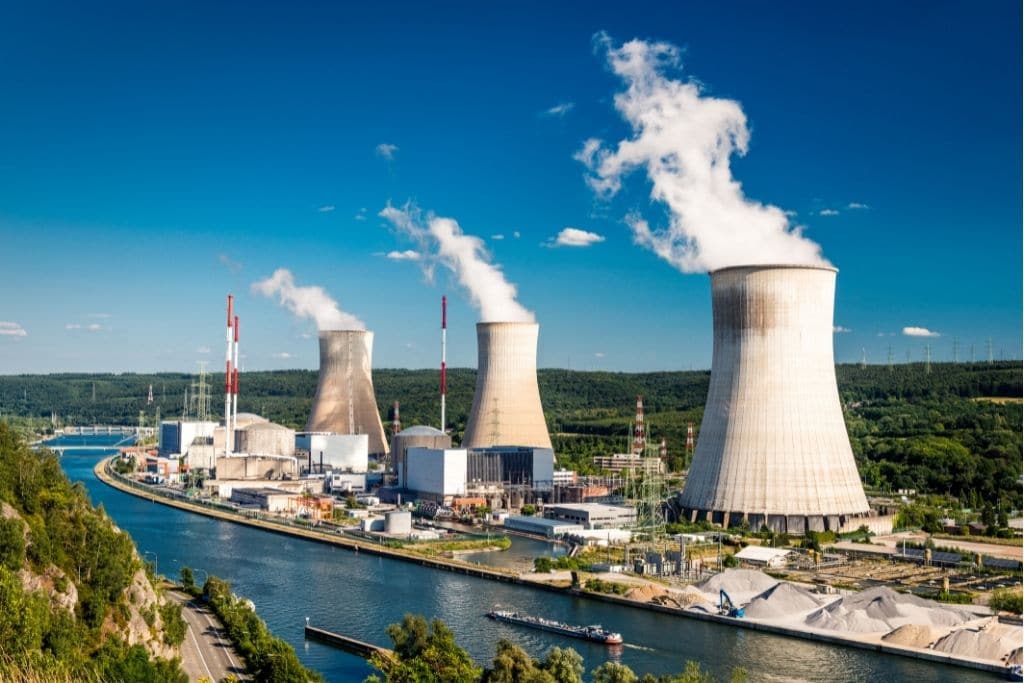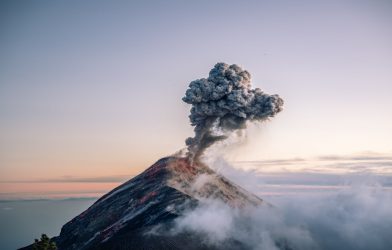Introduction: The Iran-Israel Dispute and the Nuclear Question
The long-standing conflict between Iran and Israel over nuclear development has once again positioned nuclear energy in the spotlight of research. While Iran asserts its nuclear program is peaceful and intended for energy generation, Israel and many Western governments assume otherwise. There is an ongoing skepticism that nuclear energy in Iran may also be used to support weapons development. This recent disagreement emphasizes broader concerns about the role of nuclear energy in global security and environmental strategy. This article reviews the civil uses of nuclear power, its ecological and economic contributions, and the security risks associated with its development.
Civilian Use of Nuclear Energy
Today, over thirty countries develop civilian nuclear energy programs. France obtains around 70% of its electricity from nuclear power, and the United States maintains the world’s largest fleet of commercial reactors. Additionally, in the US, nuclear technology supports medical imaging, cancer treatment, food sterilization, and agricultural research (Hassan et al., 2023).
Numerous studies emphasize the environmental benefits of civilian nuclear programs. Nuclear energy is considered to be low-emission, and it is capable of supporting long-term decarbonization. For example, empirical research on the United States demonstrates that nuclear energy helps reduce the ecological footprint when combined with advanced technology and circular economy principles (Hassan et al., 2023). Similar evidence from BRICS countries suggests that although nuclear and renewable energy require different investment and policy directions, they can both support cleaner economic development over time (Wang et al., 2024).
Environmental and Economic Value
The main environmental advantage of nuclear power is its minimal carbon emissions during operation. Nuclear plants also require less land than solar or wind farms. Furthermore, nuclear energy uses highly concentrated fuel sources such as uranium, which produce large amounts of energy with low physical and environmental impact (Sadiq et al., 2022). These characteristics make nuclear power an efficient contributor to national energy systems.

When it comes to an economic standpoint, nuclear energy requires high construction costs initially; however, it delivers stable and low-cost electricity in the long term. Nuclear reactors operate continuously and can provide reliable baseload power, unlike intermittent renewables that depend on weather patterns. Meaning that when a country mainly relies on renewables, bad weather can disrupt everything which creates vulnerability. Additionally, nuclear energy supports skilled employment and has the potential to align with circular economy goals through improved waste management and fuel efficiency (Hassan et al., 2023). From an economic view, nuclear energy can seem to be the most reliable and efficient option for energy generation. However, to fully grasp the concept, other factors should be considered.
Safety, Waste, and Security
Despite its efficient benefits, nuclear power carries significant risks. History shows that technical failures and natural disasters can lead to severe consequences for the world. The Three Mile Island accident (1979), the Chernobyl disaster (1986), and the Fukushima meltdown (2011) had long-term effects on public health, environmental safety, and national energy policy. When this is the case, it is natural for policymakers, energy specialists, and economists to rethink nuclear energy.
Another main problem with nuclear energy development is the disposal of radioactive waste. Nuclear waste remains hazardous for thousands of years and requires secure, long-term storage. According to the research, political opposition, technical difficulties, and safety concerns have delayed or blocked permanent storage projects in several countries (Sadiq et al., 2022). Some local communities are unwilling to have nuclear disposal sites near their homes. This is often called the “Not In My Backyard” (NIMBY) effect.

Additionally, safety concerns about leakage and accidents of nuclear waste disposal are also an issue. As a result, most countries still depend on temporary storage solutions. According to Fuhrmann (2009), all forms of civilian nuclear generation can also lead to nuclear weapons development programs due to the dual-use nature of materials and expertise. This is particularly relevant in the case of Iran. Although Iran is a signatory to the Nuclear Non-Proliferation Treaty (NPT), it has been accused by the International Atomic Energy Agency of failing to provide full transparency about its nuclear activities (Ihedioha & Badru, 2025). Safety concerns of nuclear energy may exist until all the problems above are solved.
Civil Energy and the Risk of Proliferation
The Iran-Israel conflict illustrates the difficulty of separating civil nuclear use from potential military use. The NPT allows for peaceful nuclear development under international oversight, but enforcement has been inconsistent over the years. Baldus, Müller, and Wunderlich (2022) argue that the non-proliferation regime is in crisis, citing a lack of disarmament, divisions among treaty members, and tension between the NPT and newer agreements like the Treaty on the Prohibition of Nuclear Weapons (TPNW).
Security guarantees are often presented as a way to reduce nuclear proliferation. For example, Bleek and Lorber (2013) find that countries with reliable military alliances are less likely to pursue their own nuclear weapons. However, other researchers argue that alliances do not always prevent proliferation. Reiter (2014) notes that countries may still develop nuclear weapons if they fear abandonment by allies or if alliance commitments increase the risk of unwanted conflicts.
Public opinion also plays a role in shaping nuclear policy. A study by Allison, Herzog, and Ko (2022) found that in the event of a nuclear attack on a U.S. ally, support for nuclear counterattack was low among Americans, Japanese, and South Koreans. This raises doubts about whether security commitments can effectively prevent proliferation or not.
Conclusion: Nuclear Energy at a Crossroads
Nuclear energy offers important environmental and economic advantages, especially for countries that aim to reduce emissions and meet increasing electricity demand. It provides stable, low-carbon power and can support long-term energy security. However, the risks of accidents, unresolved waste management, leakage, and the potential for weapons development make nuclear power a highly sensitive issue.
The Iran-Israel dispute underscores the problem of verifying peaceful intentions in nuclear programs. This challenge is not only restricted to Iran, as similar concerns apply to other countries with advanced nuclear capabilities. The current system of international management lacks the political strength and technical resources to fully prevent weapon development.
The future of nuclear energy depends on stronger international regulations, improved public trust, waste management strategies, and technical safety measures. Without these solutions, nuclear energy will continue to raise concerns about global security. In the end, nuclear energy should always be a reminder to humanity to choose wisely to ensure that the power we create serves life, not fear and destruction.
References
Allison, D. M., Herzog, S., & Ko, J. (2022). Under the umbrella: Nuclear crises, extended deterrence, and public opinion. Journal of Conflict Resolution, 66(10), 1766–1796. https://doi.org/10.1177/00220027221100254
Baldus, J., Müller, H., & Wunderlich, C. (2022). The global nuclear order and the crisis of the nuclear non-proliferation regime: Taking stock and moving forward. Zeitschrift für Friedens- und Konfliktforschung, 10(1), 195–218. https://doi.org/10.1007/s42597-021-00066-0
Bleek, P. C., & Lorber, E. B. (2013). Security guarantees and allied nuclear proliferation. Journal of Conflict Resolution, 58(3), 429–454. https://doi.org/10.1177/0022002713509050
Fuhrmann, M. (2009). Spreading temptation: Proliferation and peaceful nuclear cooperation agreements. International Security, 34(1), 7–41.
Hassan, S. T., Wang, P., Khan, I., & Zhu, B. (2023). The impact of economic complexity, technology advancements, and nuclear energy consumption on the ecological footprint of the USA: Towards circular economy initiatives. Gondwana Research, 113, 237–246. https://doi.org/10.1016/j.gr.2022.11.001
Ihedioha, Y. E., & Badru, R. (2025). Nuclear proliferation and global security: A comparative analysis of state responses to Iran and North Korea’s nuclear programs. Kashere Journal of Politics and International Relations, 3(3), 180–184.
Reiter, D. (2014). Security commitments and nuclear proliferation. Foreign Policy Analysis, 10(1), 61–80. https://doi.org/10.1111/fpa.12004
Sadiq, M., Wen, F., & Dagestani, A. A. (2022). Environmental footprint impacts of nuclear energy consumption: The role of environmental technology and globalization in ten largest ecological footprint countries. Nuclear Engineering and Technology, 54, 3672–3681. https://doi.org/10.1016/j.net.2022.05.016
Wang, S., Zafar, M. W., Vasbieva, D. G., & Yurtkuran, S. (2024). Economic growth, nuclear energy, renewable energy, and environmental quality: Investigating the environmental Kuznets curve and load capacity curve hypothesis. Gondwana Research, 129, 490–504. https://doi.org/10.1016/j.gr.2023.06.009








